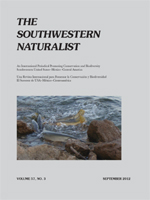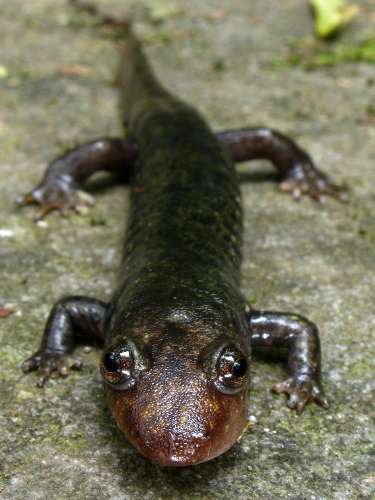 Today is the second day in a US Geological Survey amphibian two-fer. If you like your wildlife moist and federally researched, you’ve come to the right place.
Today is the second day in a US Geological Survey amphibian two-fer. If you like your wildlife moist and federally researched, you’ve come to the right place.
Scientists have long suspected that climate change is an important factor in amphibian declines, a US Geological Survey press release notes, and resource managers are asking whether conservation measures might help species persist or adapt in a changing climate. Three recent U.S. Geological Survey studies offer some insight into the issue.
The studies were conducted by researchers at the U.S. Geological Survey’s Amphibian Research and Monitoring Initiative, or ARMI.
One study found that it’s not the heat, it’s the precipitation that will drive amphibian’s response to climate change. That is, the alternating droughts and deluges that are predicted to worsen as climate change increases, will hurt amphibian populations as they struggle to adapt to ever-changing water levels. Read that paper in the journal Biology.
Another study confirmed that drought hurts populations of mole salamanders, at least over the short term. The study was important because the mole salamanders are similar to the federally threatened flatwoods salamander, and the finding implies that climate change will be yet another stressor to the threatened species. Read the paper in the journal Wetlands.
The third study showed U.S. Department of Agriculture’s Wetlands Reserve Program is effective in increasing the species richness of frogs and toads on farms in the program. Creating permanent, or at least long-lasting, water sources seems to be the primary reason. Learn more in the paper in the journal Restoration Ecology.
You can read a more detailed summary of these three studies in the USGS press release, here.
Photo: Black-bellied salamander (Desmognathus quadramaculatus) was found in the Citico Creek Wilderness, Cherokee National Forest, Tennessee. Not sure what it has to do with these studies, but it’s cute. Photo by Alan Cressler, courtesy USGS.

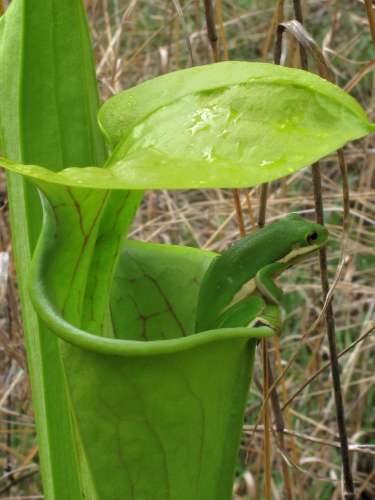 There have been studies that have calculated the likelihood of extinction for various amphibian species, but the first study to calculate how fast amphibian populations are declining was recently published in
There have been studies that have calculated the likelihood of extinction for various amphibian species, but the first study to calculate how fast amphibian populations are declining was recently published in 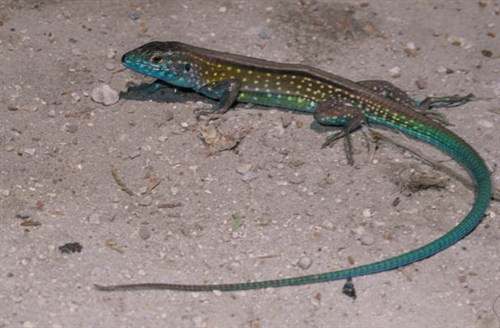
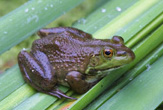
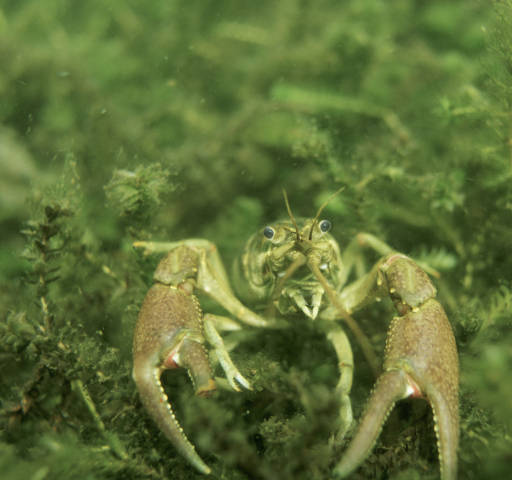 A study by University of South Florida scientists, published online ahead of publication in the
A study by University of South Florida scientists, published online ahead of publication in the 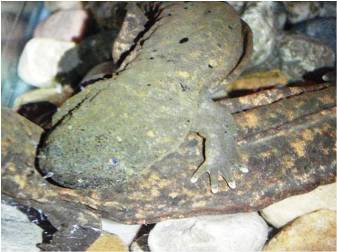 Hellbenders are the America’s largest aquatic salamander and can reach over two feet in length. In New York, they are only found in the Allegheny and Susquehanna River river drainages. According to the
Hellbenders are the America’s largest aquatic salamander and can reach over two feet in length. In New York, they are only found in the Allegheny and Susquehanna River river drainages. According to the 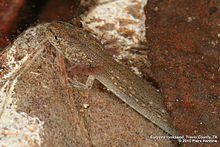 Nathan F. Bendik of the City of Austin’s Watershed Protection Department and Andrew Gluesenkamp, the state herpetologist with Texas Parks and Wildlife Department, were not surprised when the tails of an endangered salamander, Eurycea tonkawae, were thinner when measured during a drought.
Nathan F. Bendik of the City of Austin’s Watershed Protection Department and Andrew Gluesenkamp, the state herpetologist with Texas Parks and Wildlife Department, were not surprised when the tails of an endangered salamander, Eurycea tonkawae, were thinner when measured during a drought.